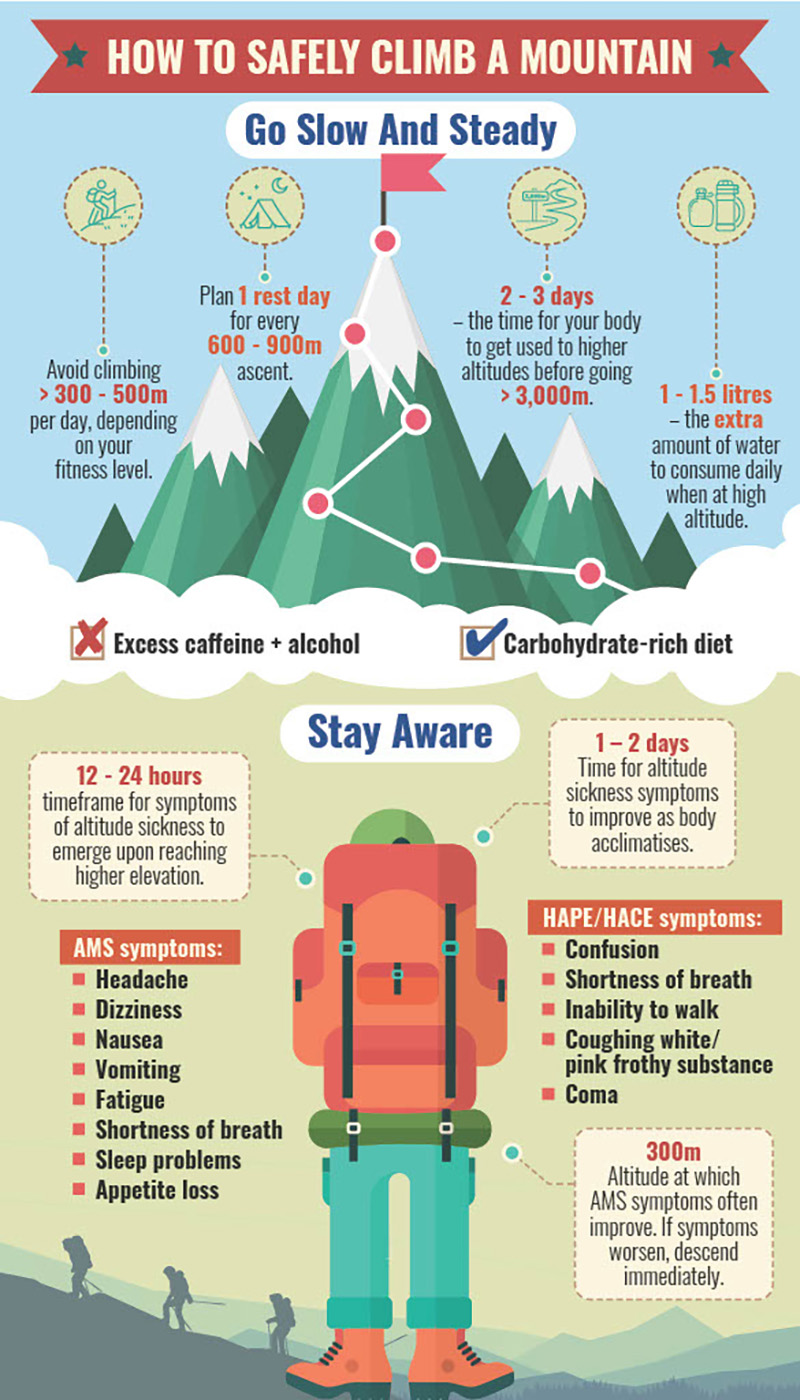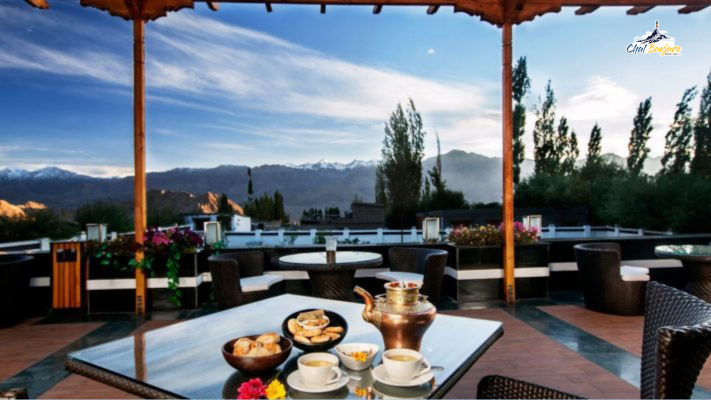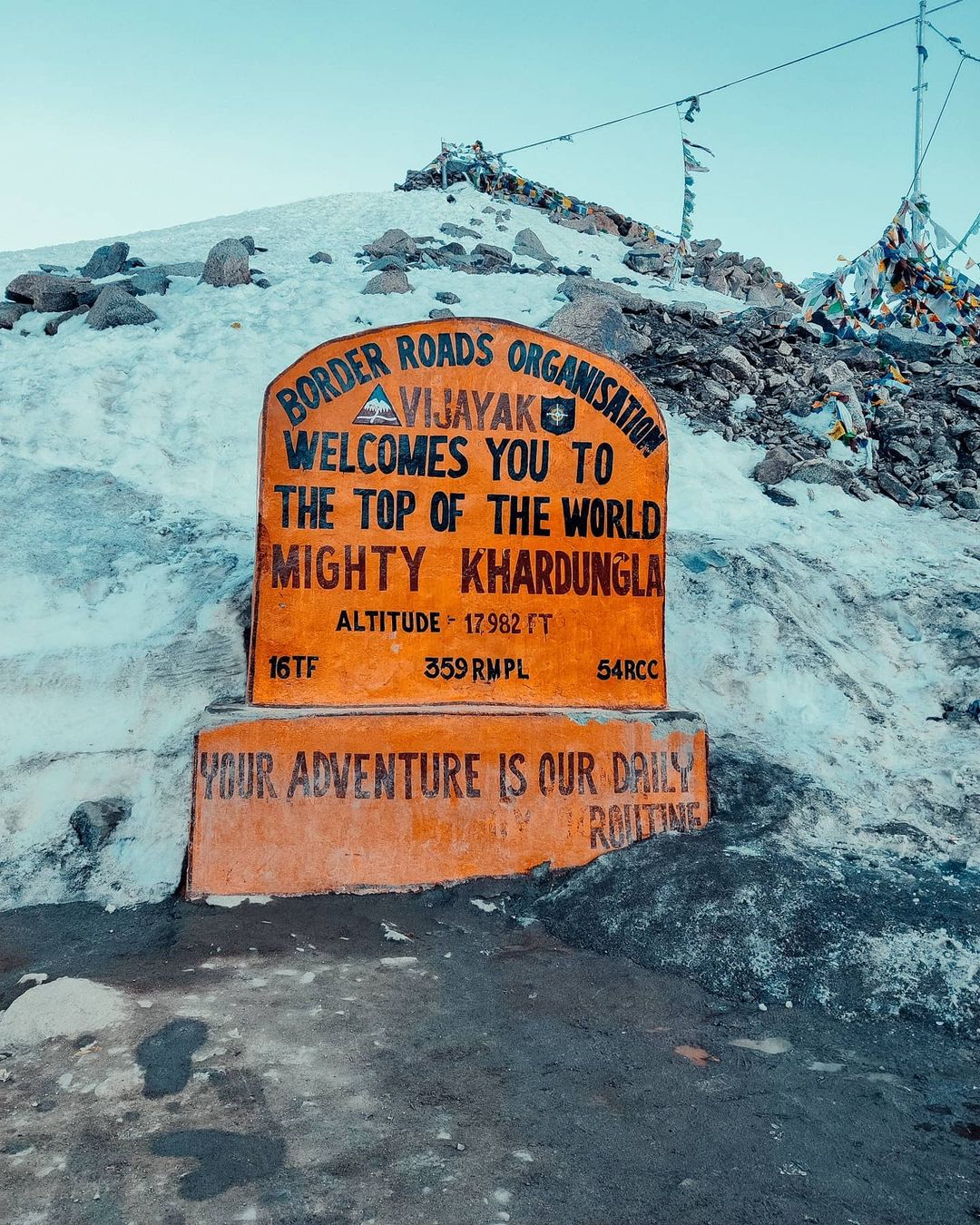
Chal Banjare Tips for Acute Mountain Sickness (AMS) – A Must-Read for High-Altitude Travelers
If you're planning a trip to the mountains, especially to places like Leh-Ladakh, Spiti Valley, Kedarnath, or the Everest Base Camp, you must be aware of Acute Mountain Sickness (AMS). It can affect anyone, regardless of age, fitness level, or previous high-altitude experience. AMS occurs when your body doesn't get enough oxygen at high altitudes and can lead to serious health issues if not managed properly.
Here’s everything you need to know about AMS, its symptoms, prevention, and treatment to ensure a safe and enjoyable mountain adventure.
________________________________________
What is Acute Mountain Sickness (AMS)?
• Acute Mountain Sickness (AMS) is a condition caused by low oxygen levels at high altitudes, usually above 8,000 feet (2,500 meters).
• As you climb higher, the air gets thinner, and your body takes time to adjust to the lower oxygen levels.
• If you ascend too fast without proper acclimatization, your body may not get enough oxygen, leading to symptoms of AMS.
________________________________________
Common Symptoms of Acute Mountain Sickness
AMS symptoms usually start within 6 to 24 hours after reaching high altitudes. If you experience any of these, take it seriously:
• Headache (most common early symptom)
• Dizziness or lightheadedness
• Nausea or vomiting
• Shortness of breath, even at rest
• Fatigue or unusual tiredness
• Loss of appetite
• Difficulty sleeping (insomnia)
• Feeling confused or disoriented (in severe cases)
If AMS symptoms worsen or do not improve after rest, it may develop into High-Altitude Pulmonary Edema (HAPE) or High-Altitude Cerebral Edema (HACE), which are life-threatening conditions.
________________________________________
Best Tips to Prevent Acute Mountain Sickness
To avoid AMS and enjoy your mountain journey safely, follow these expert travel tips from Chal Banjare:
1. Ascend Gradually
• The best way to prevent AMS is to gradually increase altitude instead of rushing to high elevations.
• If possible, gain altitude slowly, allowing your body time to adjust.
• A general rule is not to ascend more than 1,000 feet (300 meters) per day once above 10,000 feet (3,000 meters).
2. Acclimatize Properly
• Spend at least 24–48 hours at a mid-altitude location before heading to higher regions.
• If traveling to Leh-Ladakh by flight, take complete rest on the first day and avoid any physical activity.
• In Spiti Valley or other high-altitude destinations, take short walks but avoid overexertion on the first two days.
3. Stay Hydrated
• Drink plenty of water to keep your body hydrated.
• Avoid excessive tea, coffee, and sugary drinks, as they can dehydrate you.
• Coconut water or ORS (Oral Rehydration Solution) is good for maintaining electrolyte balance.
4. Avoid Alcohol and Smoking
• Alcohol and smoking worsen dehydration and reduce oxygen absorption, making AMS symptoms worse.
• Avoid alcohol at least for the first 48 hours at high altitudes.
5. Eat Light and Nutritious Meals
• Heavy meals put extra strain on digestion, which is already affected at high altitudes.
• Eat carb-rich foods like fruits, soups, porridge, and boiled potatoes, as they provide energy and are easy to digest.
6. Keep Warm & Avoid Overexertion
• Cold temperatures can worsen AMS symptoms, so wear proper warm clothing, gloves, and a cap.
• Avoid strenuous activities like trekking or running on the first day at high altitude.
7. Take Diamox (Acetazolamide) for Prevention
• Diamox (Acetazolamide) is a commonly used medicine that helps the body adjust to high altitudes faster.
• Consult a doctor before your trip to check if Diamox is suitable for you.
• It should be taken one day before ascent and continued for 2-3 days after reaching high altitude.
8. Listen to Your Body
• If you experience any AMS symptoms, take immediate action – rest, hydrate, and descend if necessary.
• Never ignore severe symptoms or push yourself to continue.
9. Use Oxygen if Necessary
• In case of breathlessness or severe AMS, portable oxygen cylinders are useful.
• Many hotels in Leh-Ladakh and high-altitude camps provide oxygen cylinders for emergency use.
10. Know When to Descend
• If AMS symptoms do not improve with rest and hydration, descend to a lower altitude immediately.
• For severe cases, medical help or evacuation may be needed.
________________________________________
Best Destinations at High Altitude Where AMS is Common
If you're traveling to any of these high-altitude destinations in India, AMS is a real concern:
• Leh-Ladakh (Pangong Lake, Nubra Valley, Khardung La, Tso Moriri)
• Spiti Valley (Kaza, Chandratal Lake, Kunzum Pass)
• Himachal Pradesh (Rohtang Pass, Lahaul, Baralacha La)
• Uttarakhand (Kedarnath, Badrinath, Valley of Flowers, Hemkund Sahib)
• Sikkim (Gurudongmar Lake, Nathula Pass, Yumthang Valley)
________________________________________
Final Thoughts – Travel Safe with Chal Banjare!
AMS can affect anyone, but with proper planning, slow ascent, and following the right precautions, you can enjoy your high-altitude adventure without health issues.
At Chal Banjare, we ensure that our travelers are well-prepared and guided for a safe and enjoyable journey to the Himalayas. We provide expert travel advice, customized itineraries, and essential AMS prevention tips for all our high-altitude tours.
For more travel tips and customized trips, connect with Chal Banjare today!
Related Blog

Blog Categories

Follow us




